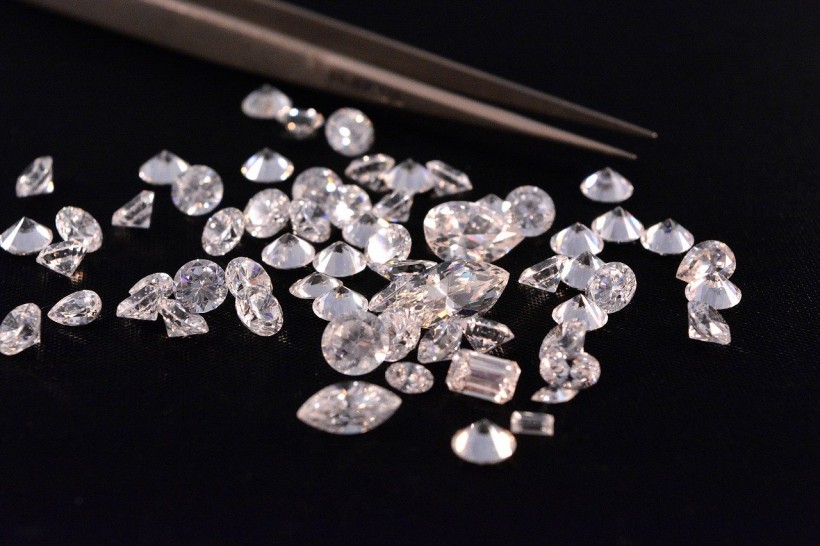A new study reveals that "diamond rain" that is believed to be happening in Uranus and Neptune could be more common than previously thought. An international team of researchers created nanodiamonds from plastic bottles to mimic the extreme temperatures and pressure inside these ice giants.
The group investigated the processes inside these planets and confirmed their earlier thesis that it does rain diamonds in ice giants. They presented the findings of their study, titled "Diamond formation kinetics in shock-compressed C─H─O samples recorded by small-angle x-ray scattering and x-ray diffraction," in the journal Science Advances.

Making Nanodiamonds From Plastic Bottles Reveal 'Diamond Rain' Could Be More Common Than Previously Thought
Mimicking Diamond Rain in Ice Giants
According to Phys.org, researchers studied a plastic material made from a mixture of hydrogen and carbon in their previous experiment. These elements are the key components of the overall chemical composition of the diamond rain in the ice giants Neptune and Uranus.
In the experiment, researchers used PET plastics which are often used in food packaging, plastic bottles, and containers to copy the conditions in the ice giants. Physicist Dominik Karus explained that PET has a good balance between carbon, hydrogen, and oxygen that simulate the activity in Uranus and Neptune.
Oxygen, aside from hydrogen and carbon dioxide, is also one of the elements of diamond rain on the two planets. Kraus said that the effect of oxygen to accelerate the splitting of carbon and hydrogen triggers the formation of nanodiamonds. It was added to push carbon atoms to combine easily and form diamonds.
The experiment further supports the notion that it rains diamonds on icy giant planets. That means that it probably happens elsewhere and not only in Uranus and Neptune, especially because there are many ice giants in the Milky Way as well. Even though they are considered rare, the experiment showed that they are probably the most common form of the planet in the galaxy.
Moreover, the team encountered a hint of combination with diamonds and water called superionic water. Kraus said that this forms when oxygen atoms form a crystal lattice when the hydrogen nuclei move around freely. However, the experiments did not unequivocally prove the existence of this superionic water in a mixture with diamonds.
ALSO READ: Solid-State Device Developed Using Nanodiamonds for Practical Applications in Quantum Technologies
Experiment Shows Novel Way of Producing Nanodiamonds
EurekAlert! reported that aside from gaining knowledge from the experiment, it also opened perspectives for a tailored production of nanodiamonds, which are used in abrasives and polishing agents. More so, nanodiamonds are used as highly-sensitive quantum sensors, medical agents, and efficient reaction accelerators.
Kraus says that nanodiamonds are usually created using explosives, a method that is not easy to control. But the new technique helps develop nanodiamonds in an easier and more tailored method for particular uses.
"The idea is quite cool. You take water bottle plastic; you zap it with a laser to make diamond. How practical it is, I don't know," Science News quoted physicist Marius Millot of Lawrence Livermore National Laboratory in California, who was not involved with the new study.
RELATED ARTICLE: Nanodimanods Developed as Effective Agent Against Oral Diseases; Treats Pathogenical Biofilms and Planktonic Fungi
Check out more news and information on Nanodiamonds in Science Times.














